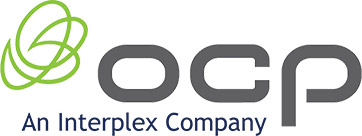Medical Cable assemblies that are tethered to Surgical Instruments or Surgical Diagnostic Instruments will need to be free of bioburden and will typically require sterilization prior to shipment.
However, Medical Cable assemblies that are used in Diagnostics need to be clean and free of contaminants but not necessarily sterilized prior to release.
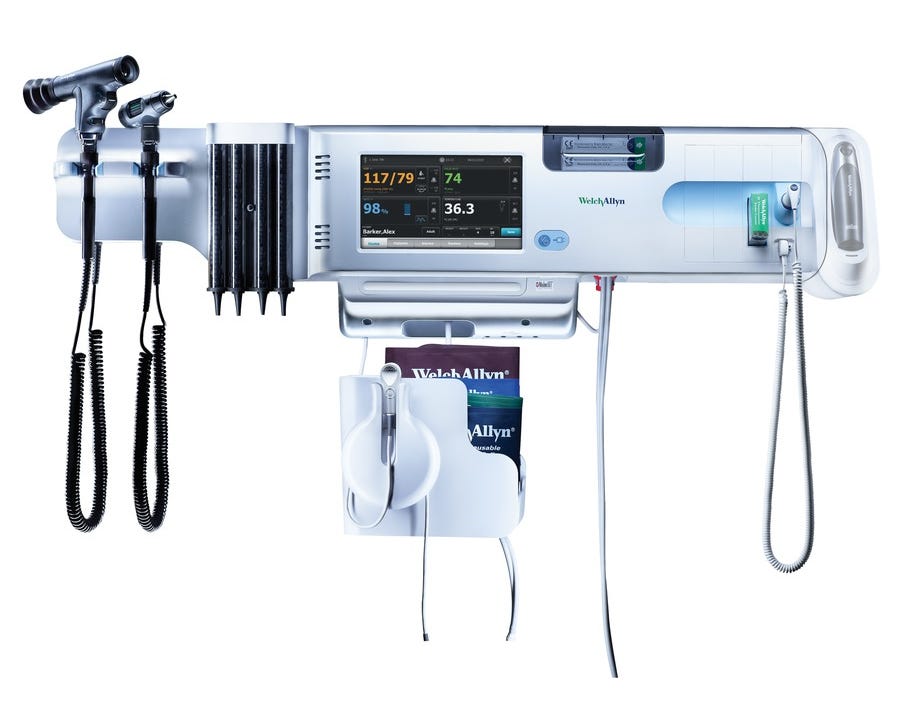
Surgical Medical Cables that require sterilization prior to packaging and shipping have several options. Keep in mind that some of the trade-offs in cost benefits vs. the type of sterilization can be significant.
There are 4 basic types of generally accepted sterilization (Gamma, E-beam, EtO, and Autoclave).
AUTOCLAVE (Steam):
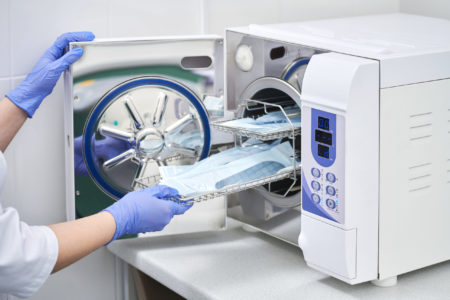
Used primarily for heat-stable materials such as Glassware, Metal Surgical instrument. This process is typically performed with equipment on-site. Since the temperature and humidity are very high restricting the suitable shore durometers for cable jackets and flexible strain reliefs are typically limited to Silicones or TPE’s (which are also typically both ISO 10993 & UPS VI certified for biocompatibility). Autoclaves use steam heated to 121–134 °C (250–273 °F) under pressure. It is probably the least desirable method of sterilization for cables due to the cost of the equipment, the labor cost to perform on-site, and the liability of recording the sterilization properly.
ETO/EO ETHYLENE OXIDE GAS:
This is the most popular for medical cable assemblies. It can be applied to Single-Use or Re-Usable cable assemblies. It is ideal for penetration of packaging and assemblies with convoluted geometries like cable assemblies. It also is typically benign to most plastics and of course all metals. Finally and perhaps the most appealing aspect of ETO sterilization is cost and ability to accommodate larger volumes. The downside for ETO is that it typically requires days to more than a week for the product to outgas versus Gamma or E-Beam where the product is immediately available.
E-BEAM:
Electron-beam processing or electron irradiation (EBI) is a process that involves using beta radiation, usually of high energy, to treat an object for a variety of purposes. This may take place under elevated temperatures and a nitrogen atmosphere. This is the second most popular for consumable medical products, including cable assemblies. It typically is only used for:
GAMMA IRRADIATION:
This is still very popular but seems that most of the market for medical cable assemblies is moving to EtO to avoid misconceptions about irradiation or the impact it might have on some materials. There are definitely effects of the irradiation like discoloration or brittleness of the plastics.
SO THEN REGARDING DIAGNOSTIC CABLES…
They typically only require that they be cleaned and shipped with minimal bioburden. This can be achieved in a few different ways.
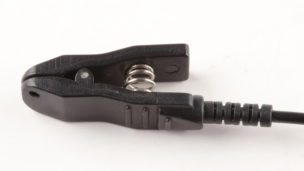
ULTRAVIOLET LIGHT…
Are typically considered as an initial, factory form of “sterilization light” because although it will reduce bioburden it is not considered a final sterilization technique by the FDA or other governmental agencies. It can be directed at the assemblies on a moving conveyor without contact. However, there are some plastics that discolor or even suffer deterioration of tensile strength when exposed to UV light.
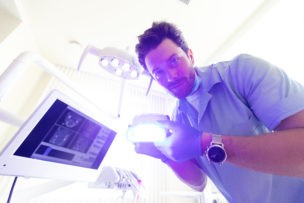
ALCOHOL WIPES…
Wipe down the cable jacket with alcohol wipes or clean cloth/paper with alcohol-based solutions that are non-toxic is often a medically accepted sterilization of many surfaces including those of cable assemblies.


